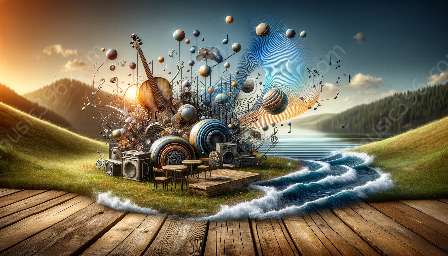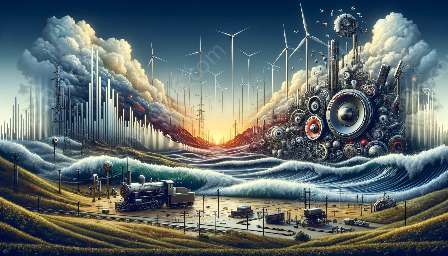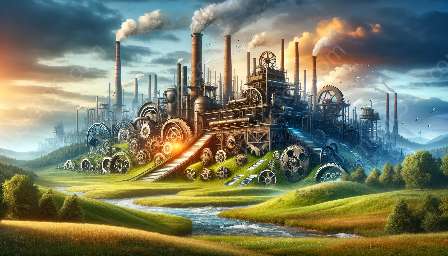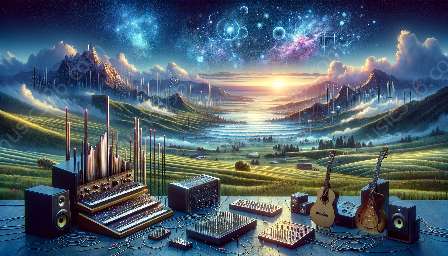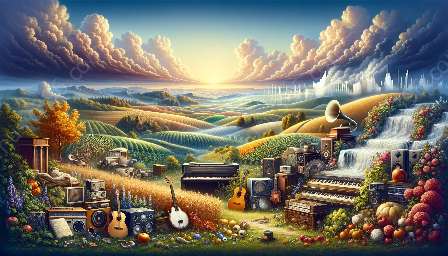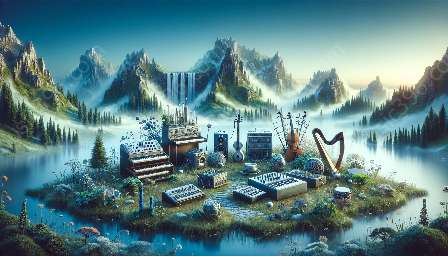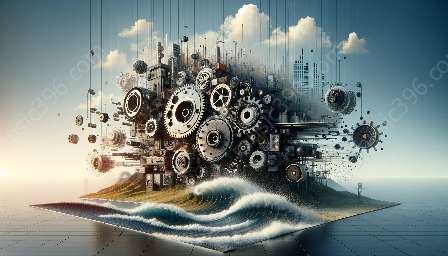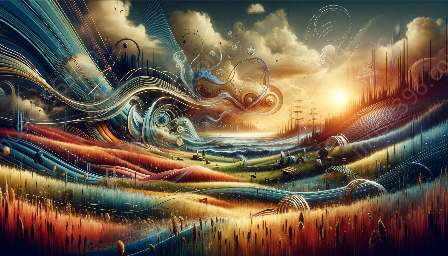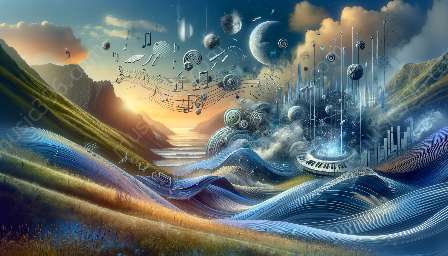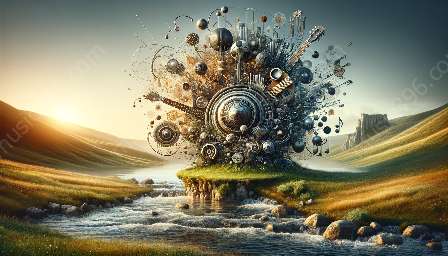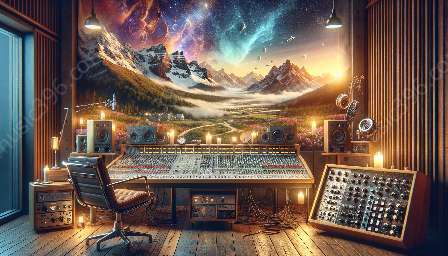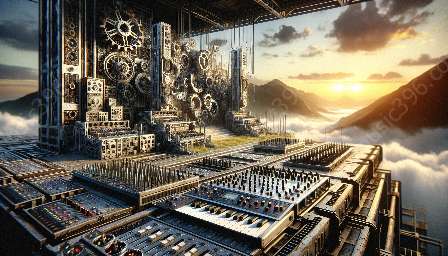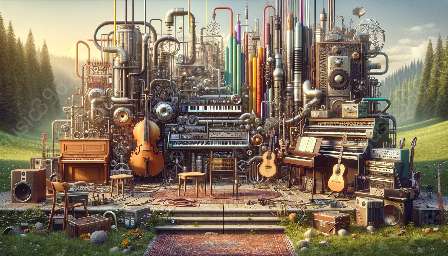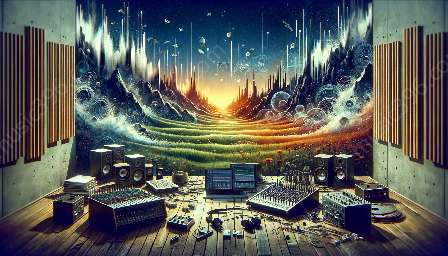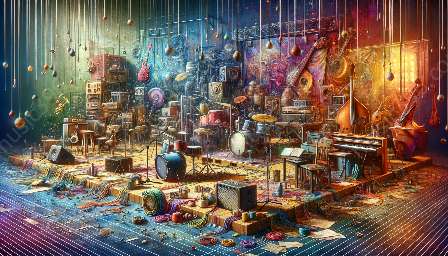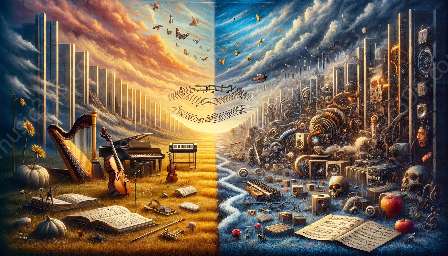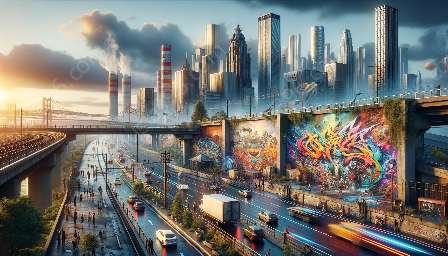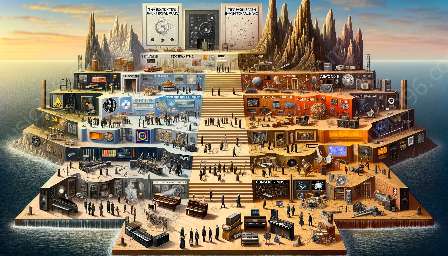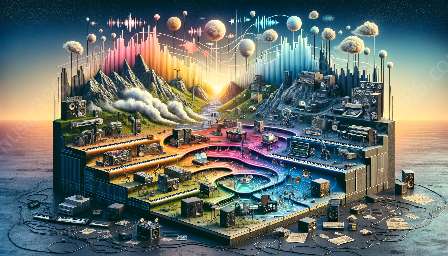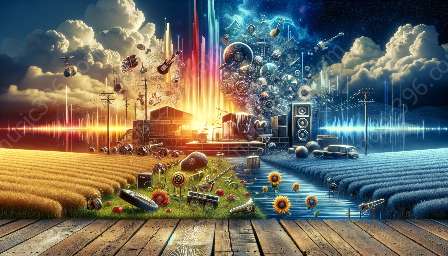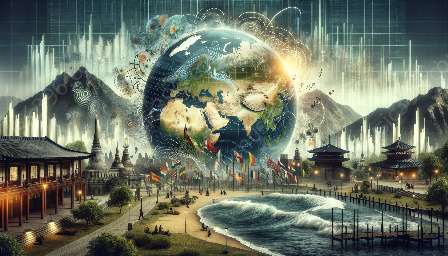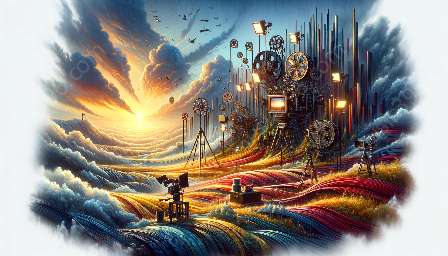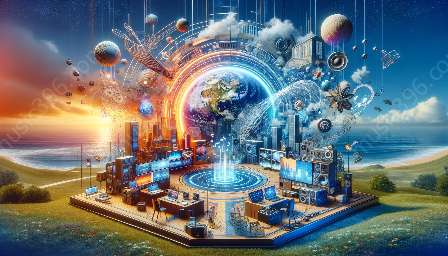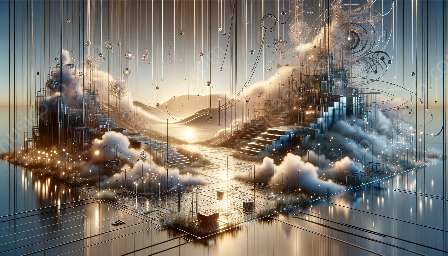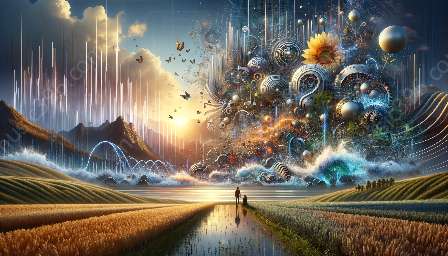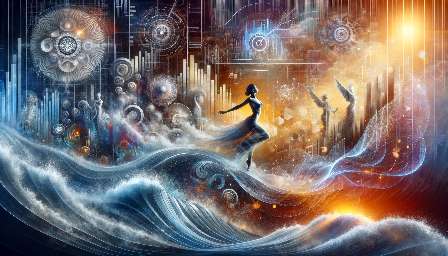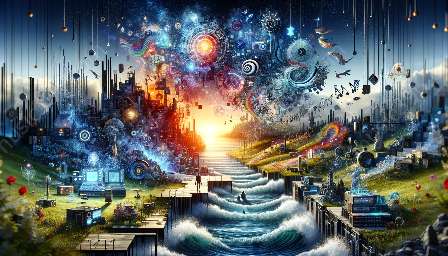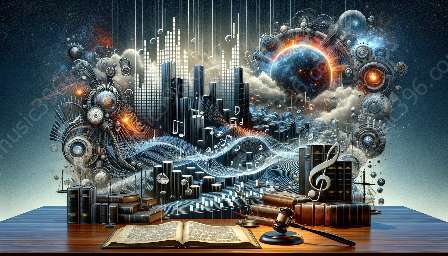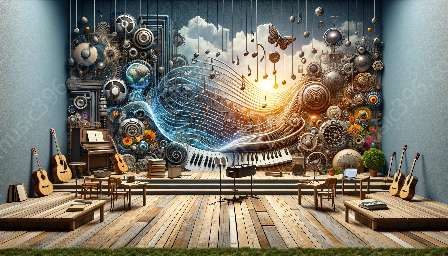Experimental music production continues to evolve, influenced by groundbreaking artists and intertwined with industrial music. Explore the latest trends shaping the genre and the impact of influential experimental music artists.
Influential Experimental Music Artists
Before delving into the latest trends, let's take a closer look at some influential experimental music artists who have made significant contributions to the genre.
Thurston Moore
As a founding member of Sonic Youth, Thurston Moore has been a pivotal figure in the experimental music scene. His inventive approach to guitar playing and songwriting has inspired countless musicians and continues to influence the direction of experimental music production.
Björk
Björk's boundary-pushing music defies categorization, incorporating elements of electronic, avant-garde, and experimental sounds. Her innovative use of technology and unconventional song structures has left an indelible mark on the experimental music landscape.
Aphex Twin
Richard D. James, known by his stage name Aphex Twin, is renowned for his pioneering work in electronic music. His intricate soundscapes and experimental compositions have redefined the possibilities of music production, inspiring a new wave of experimental electronic artists.
Latest Trends in Experimental Music Production
Now, let's explore the latest trends that are shaping the landscape of experimental music production:
Exploration of AI and Machine Learning
One of the most intriguing trends in experimental music production involves the exploration of artificial intelligence (AI) and machine learning. Artists and producers are leveraging AI algorithms to create unconventional sound textures, generate unique musical patterns, and even compose entire pieces of music. This innovative approach to music production is pushing the boundaries of experimentation and opening new avenues for artistic expression.
Integration of Field Recordings
Experimental musicians are increasingly incorporating field recordings into their work, blurring the lines between music and environmental sounds. By capturing and manipulating ambient noise, natural sounds, and urban environments, artists are creating immersive sonic experiences that challenge traditional notions of music composition. The integration of field recordings adds a layer of authenticity and unpredictability to experimental music production.
Cross-disciplinary Collaborations
Collaborations between experimental musicians and artists from other disciplines, such as visual arts, dance, and theater, are becoming more prevalent. These cross-disciplinary partnerships are yielding innovative multimedia performances and immersive installations that defy traditional categorizations. By merging different artistic practices, experimental music production is breaking new ground and engaging audiences in multi-sensory experiences.
Embrace of Modular Synthesis
The resurgence of modular synthesis has significantly influenced the landscape of experimental music production. Artists are drawn to the tactile and unpredictable nature of modular synthesizers, which allow for intricate patching, complex signal processing, and organic sonic experimentation. The modular synthesis trend has led to a renaissance of analog sounds and a resurgence of modular-centric music communities.
Exploration of Ambisonic and Spatial Audio
Experimental music production is embracing the possibilities of ambisonic and spatial audio technologies to create immersive listening experiences. By manipulating sound in three-dimensional space, artists are developing spatially aware compositions that engage listeners in entirely new ways. The exploration of ambisonic and spatial audio is redefining the concept of sonic architecture within experimental music.
Connections between Experimental and Industrial Music
While experimental and industrial music are distinct genres with their own unique characteristics, there are notable connections between the two that influence the latest trends in experimental music production:
Sonic Experimentation and Sound Manipulation
Both experimental and industrial music share a common thread in their emphasis on sonic experimentation and sound manipulation. Artists in both genres often push the boundaries of conventional music production techniques, employing unconventional instruments, processing methods, and sonic textures to create unconventional and challenging sonic landscapes.
Cultural and Social Subversion
Experimental and industrial music have historically served as platforms for cultural and social subversion. Artists in both genres have utilized their music as a means of critiquing societal norms, challenging established power structures, and conveying unconventional perspectives. This shared ethos of cultural and social subversion continues to shape the thematic and conceptual explorations of experimental music production.
Technological Innovation
Technological innovation is a driving force in both experimental and industrial music. From the early use of avante-garde recording techniques to the integration of cutting-edge digital tools, artists in both genres have consistently embraced new technologies to expand the sonic possibilities of music production. This mutual interest in technological innovation fosters a dynamic exchange of ideas and techniques between experimental and industrial music communities.
Conclusion
As the latest trends in experimental music production continue to unfold, the influence of groundbreaking artists and the interconnectedness with industrial music are shaping a diverse and compelling sonic landscape. From the integration of AI and field recordings to the embrace of modular synthesis and spatial audio, experimental music production is undergoing a period of remarkable innovation and exploration. By recognizing the contributions of influential experimental music artists and acknowledging the connections between experimental and industrial music, we can gain a deeper appreciation of the evolving nature of this dynamic genre.

